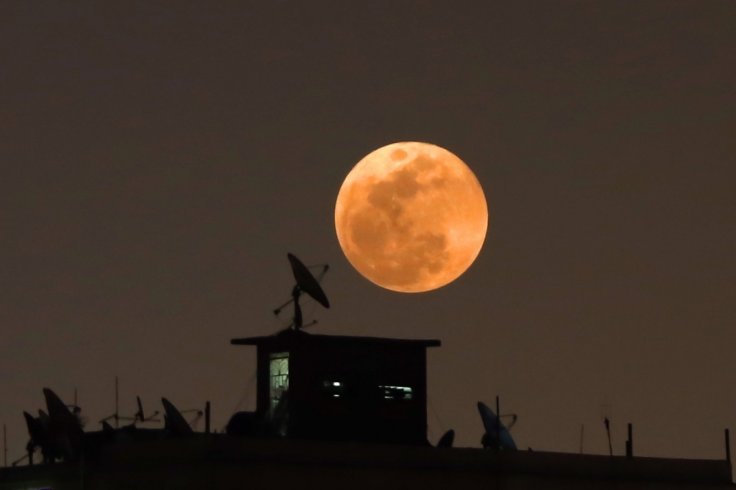
As the moon is all set to enter the next phase of its cycle, a Blue Moon will rise in the skies on May 18, NASA has confirmed. Even though space experts fondly calls this phenomenon 'Blue Moon', earth's natural satellite will remain white, and it is one of those many names given to full moon in May.
Some of the other popular names of the full moon in May are 'Flower Moon', 'Corn Planting Moon', and 'Milk Moon'. It should be also noted that the term 'Blue Moon' is given to this lunar cycle, as it involves two full moons in a month.
"As the month progresses, Mars will continue to shift gradually towards the west-northwest, appearing near the bright star Aldebaran by mid-April. By the night of the full Moon on May 18, 2019, as evening twilight ends, most of the bright stars of the local arm will have already set and Mars will appear in the west-northwest about 16 degrees above the horizon," wrote NASA in a statement issued last month.
NASA also revealed that Blue Moon has some historical volcanic connection. As per the United States space agency, the Krakatoa volcanic eruption that happened in 1883 sent plumes of ashes to the sky, and it turned the moon to a bluish color.
"The time was 1883, the year an Indonesian volcano named Krakatoa exploded. Scientists liken the blast to a 100-megaton nuclear bomb. Fully 600 km away, people heard the noise as loud as a cannon shot. Plumes of ash rose to the very top of Earth's atmosphere. And the moon turned blue. Krakatoa's ash is the reason," wrote NASA.
Some of the ash-clouds were filled with particles about 1 micron (one-millionth of a meter) wide, the right size required to strongly scatter red light and allow other colors to pass. White moonbeams shining through the clouds emerged blue and sometimes green on that day.
However, sky watchers should understand that a Blue Moon is totally different from a supermoon. A supermoon usually happens when the moon comes very close to the earth than its average distance. The average distance between the earth and the moon is 238,000 miles, but during the supermoon, this distance gets reduced to 221,000 miles.









